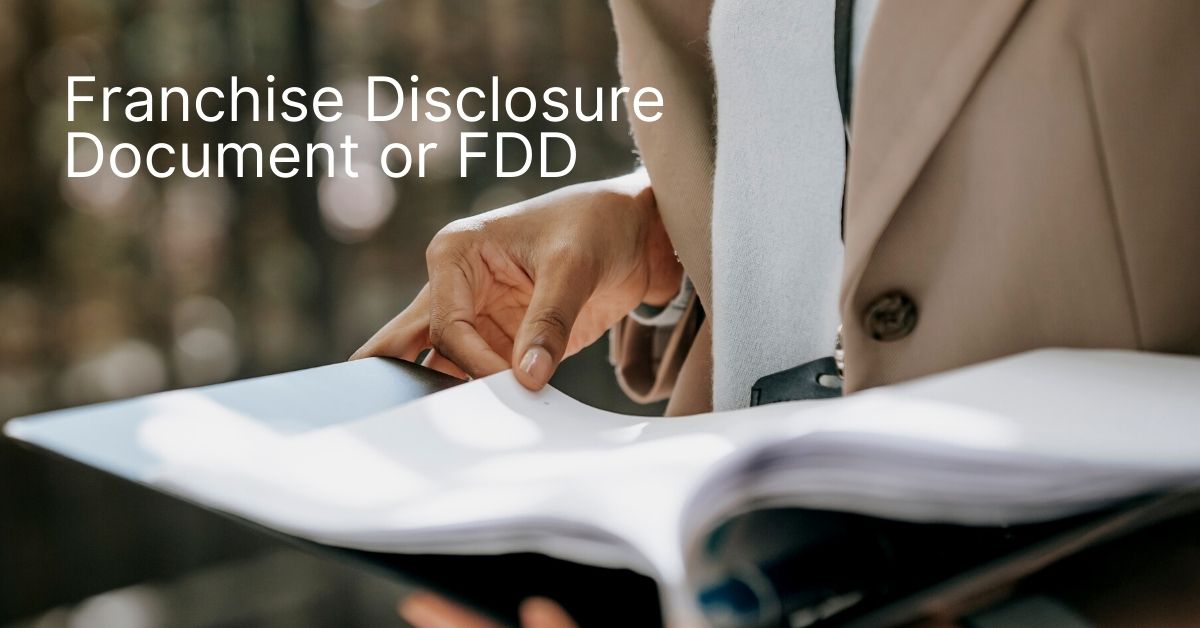In the dynamic world of franchising, the Franchise Disclosure Document (FDD) stands as a cornerstone, shaping the relationship between franchisors and prospective franchisees. This intricate document, often stretching dozens of pages, contains extensive details about the franchise system, fees, obligations, and critical business insights.
For those on the precipice of investment, the FDD can feel like a double-edged sword. On one hand, it equips potential franchisees with essential knowledge, mitigating the risks associated with franchise ownership.
On the other hand, the sheer volume of information can be overwhelming and may lead to confusion or misinterpretation. As we delve deeper into the pros and cons of the FDD, we’ll unravel its complexities and explore how this vital tool can either empower aspiring business owners or serve as a labyrinthine hurdle in their journey toward entrepreneurship.
Transparency and Clarity for Franchisees

Transparency and clarity are fundamental cornerstones of the franchise disclosure document (FDD), providing franchisees with essential insights into the franchises operations, financial performance, and obligations. By laying bare the vital statistics and expectations, the FDD acts as a beacon, illuminating the path toward informed decision-making.
Franchisees can dive into the nitty-gritty details concerning fees, royalties, and potential risks, fostering a sense of confidence before committing their resources. Imagine flipping through a well-organized portfolio, each page unveiling the nuances of the business model—this is the clarity the FDD aims to deliver.
However, this extensive documentation can also overwhelm, presenting a double-edged sword; while it seeks transparency, the sheer volume of information can lead to confusion if not navigated carefully. Ultimately, the FDD serves as a critical tool, designed to empower franchisees with knowledge, ensuring they can embark on their entrepreneurial journey with their eyes wide open.
Complexity and Length of the Document

The Franchise Disclosure Document (FDD) can be a formidable tome, often sprawling across dozens of pages, laden with intricate legal jargon and dense financial details. While this complexity is designed to ensure transparency, it can leave potential franchisees feeling overwhelmed and daunted.
Navigating such a lengthy document requires not only patience but also a keen eye for detail, as nuances and stipulations may be buried within the fine print. On one hand, the comprehensive nature of the FDD is intended to safeguard franchisees by presenting a thorough overview of the franchise opportunity.
On the other hand, the sheer volume of information can obscure critical insights and discourage prospective franchisees from delving deep into what truly matters. This duality of purpose—offering protection yet overwhelming potential buyers—makes the FDD both a vital resource and a potential obstacle in the franchise acquisition process.
Recommendations for Prospective Franchisees and Franchisors

For prospective franchisees and franchisors navigating the intricate landscape of franchise agreements, a strategic approach is imperative. Franchisees should meticulously scrutinize the Franchise Disclosure Document (FDD), paying close attention to sections detailing fees, obligations, and the franchisors financial performance.
Engaging a legal advisor with franchise experience could illuminate critical aspects that may otherwise remain obscured. It’s essential for franchisees to not only assess potential profitability but also to consider the alignment of business philosophies with the franchisors vision.
On the flip side, franchisors must prioritize transparency and clarity in their FDDs, providing comprehensive information to foster trust and encourage informed decisions. A robust training and support framework should be outlined to demonstrate commitment to franchisee success, which in turn can lead to a thriving partnership.
Ultimately, open dialogue and thorough preparation serve as the linchpin for a fruitful franchising journey.
Conclusion
In conclusion, the Franchise Disclosure Document serves as a critical tool for potential franchisees, offering valuable insights into the franchise system and helping them make informed investment decisions. While its comprehensive nature provides essential information about financial performance, fees, and obligations, it can also be overwhelming for those new to franchising.
Balancing the benefits of greater transparency with the challenges of navigating complex legal jargon is crucial for aspiring franchisees. Ultimately, understanding both the pros and cons of the Franchise Disclosure Document can empower entrepreneurs to enter the franchising world with confidence and clarity.


